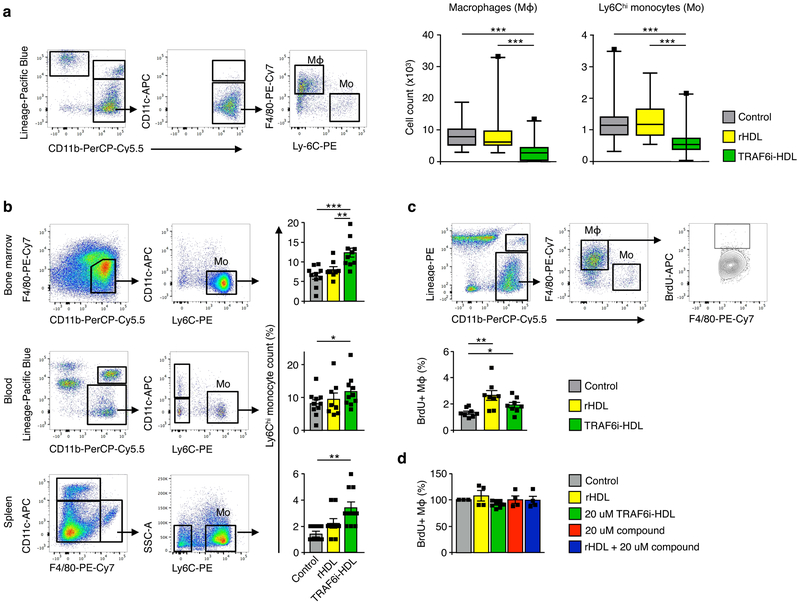Figure 4. TRAF6i-HDL decreases plaque inflammation due to impaired Ly6Chi monocyte recruitment.
Eight-week old Apoe−/− mice on a high-cholesterol diet for 12 weeks and were treated with four intravenous injections of either control (PBS), rHDL or TRAF6i-HDL within a single week. (a) Flow cytometry analysis of whole aortas shows a significant reduction in the number of macrophages in the TRAF6i-HDL (n=27) treated group, compared to control (n=27, p=2.0E−6) and rHDL (n=26, p=1.0E−5, Kruskal-Wallis p=6.0E−7). The fact that Ly6Chi monocytes are also markedly reduced in the TRAF6i-HDL group compared to control (n=27, p=8.9E−5) and rHDL (n=26, p=5.6E−5), indicates impairment of Ly6Chi monocyte recruitment (Kruskal-Wallis p=2.4E−5). The box plots indicate the minimum and maximum values (whiskers), the 25th to 75th percentiles (box) and the median (line in the box). (b) Flow cytometry analysis of bone marrow, blood and spleen showed that the decrease in plaque Ly6Chi monocyte content could not be attributed to systemic decreases in Ly6Chi monocytes (n=8 to 10 per group, single experiment). In fact, Ly6Chi monocytes were higher in the bone marrow (p=5.8E−4), blood (p=2.7E−2), and spleen (p=1.5E−3) in the TRAF6i-HDL group compared to the control group. There was no significant difference in Ly6Chi monocytes between TRAF6i-HDL and rHDL in the blood (p=0.31) and spleen (p=0.07), while there was a difference between these groups in the bone marrow (p=5.5E−3). (c) In vivo BrdU incorporation experiment shows no inhibiting effect of TRAF6i-HDL (n=8) on plaque macrophage proliferation. BrdU incorporation was higher in the rHDL and TRAF6i-HDL group as compared to control (p=3.3E−3 and p=2.7E−2). (d) In vitro experiments (n=3) of BrdU incorporation in RAW 264.7 macrophages treated for 24 hours, with either control, rHDL, TRAF6i-HDL, bare CD40-TRAF6 small molecule inhibitor or a combination of rHDL + bare CD40-TRAF6 small molecule inhibitor, showed no effect on macrophage proliferation.
For all figures means and standard errors of the mean are shown, unless otherwise stated.* p < 0.05, ** p < 0.01, and *** p < 0.001. P-values were calculated with Mann-Whitney U tests (two sided).

